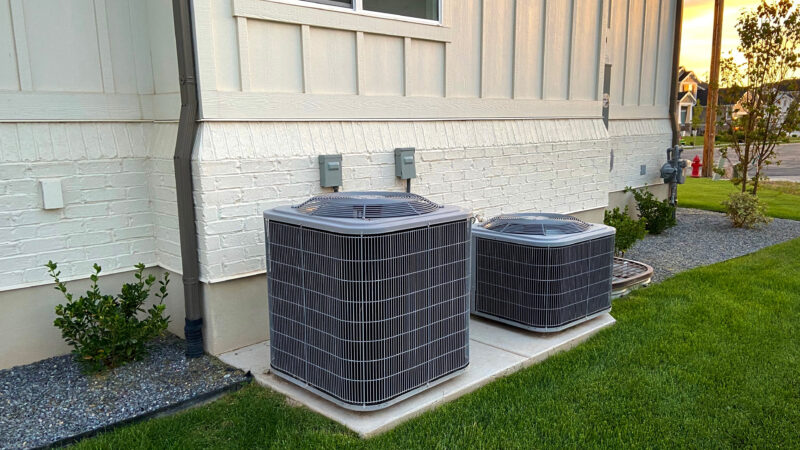
January 2023 marked the beginning of new mandatory regional minimums in central air conditioner units. In terms of energy efficiency, these new regulations make now an opportune time to replace an AC system with one that is at the forefront of energy efficiency and likely to stay relevant for many foreseeable years.
Your 15-year-old air conditioner works… not great, but it works. Is it really worth replacing an older air conditioner if it’s still working? The lifetime of an air conditioning unit can generally range anywhere from 15 to even 25 years. Sometimes, a unit will just go ‘kaput’ but for the most part, these types of units decline slowly into disrepair, becoming less effective and more costly to run. But does that really outweigh the cost of a new AC installation?
SEER Rating – Higher Ratings Mean Lower Operating Costs
Just as cars have evolved dramatically over the last several decades, so too have HVAC units. Consider the old gas-guzzling engines vs. today’s modern efficient engines. “SEER” stands for “Seasonal Energy Efficiency Ratio” and is the metric used to define an HVAC unit’s energy efficiency. The SEER rating on an HVAC unit can be compared with the “MPG” of a car. Like an MPG rating on a car, the higher the number, the more energy efficient the HVAC is.
You can check your HVAC’s SEER rating on the yellow sticker on the unit. If your unit doesn’t have a sticker, then it was likely made before 1980. These older units generally ran at about 8 to 8.5 SEER when they were manufactured, though are often running far less efficiently now if at all. It wasn’t until 12 years later in 1992, that legislation went into effect requiring HVAC units to comply with a minimum SEER rating. In 1992, George Bush was president, Boyz to Men was topping the charts, and the first national SEER rating minimum was set at 10. It stayed that way for 14 years until a new, higher minimum efficiency of 13 was set in 2006.
More Granular Efficiencies Required by Region
2015 saw the next major event in HVAC energy efficiency when regional standards were introduced. Now, what was once “minimally efficient” wasn’t the same across the entire US. Because SEER ratings are defined by the length of the season, what constitutes the rating of “efficient” in Maine doesn’t necessarily translate the same in Florida.
In 2015 the minimum required SEER for a central air conditioning unit for the state of Florida and the Southeast states was increased to 14 while the rest of the country remained at 13. 2023 saw the next major big shift in the regulation and sale of efficient units. Beginning on January 1st 2023, new forced air conditioning units in Florida must have a minimum efficiency rating of 15.
- 1980: SEER rating stickers became mandatory
- 1992: First minimum SEER rating of “10” established
- 2006: SEER rating minimum increases to 13
- 2015: Regional SEER rating minimums established, Florida increases to 14
- 2023: Florida minimum SEER rating raised to 15
Now Is a Great Time to Buy at the Top of the Efficiency Standard
Over a 43 year period, there have been relatively few standardization changes in the energy efficiency of heating and cooling units. If you’re replacing an AC unit after 2023, you can feel good about purchasing a product at the top of the efficiency market for current standards that are likely to stay relevant and remain cost-effective for many years into the future.
Keep in mind that these ratings are minimums. Today’s HVAC units have SEER ratings that span between a minimum of 15 and 26. Our AC repair technicians are experts in the nuances of Florida heating and cooling and can discuss and explain all of your options for maximum cost vs. savings ratio, empowering you to make a choice you feel great about.





Leave a Reply